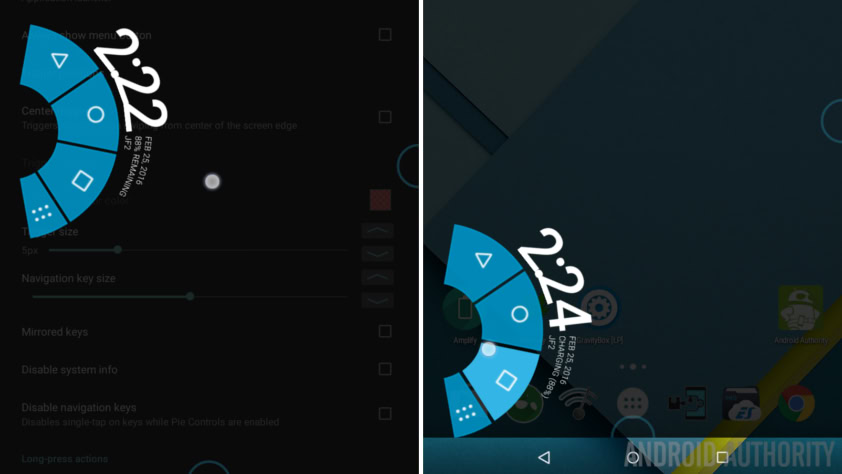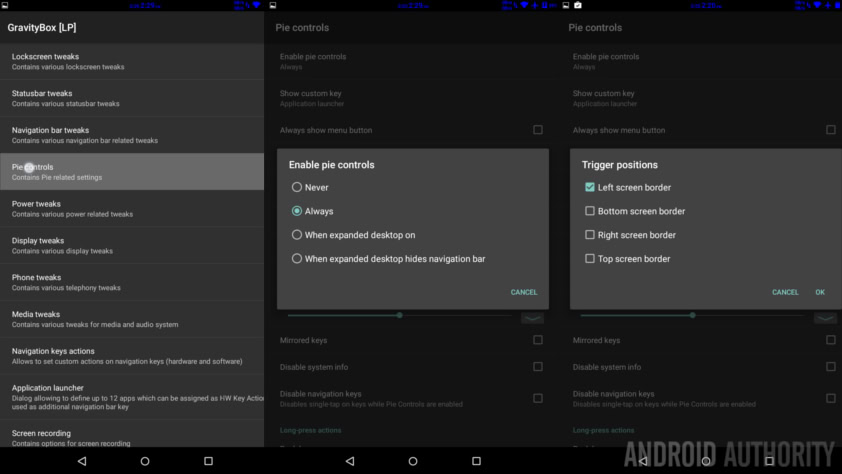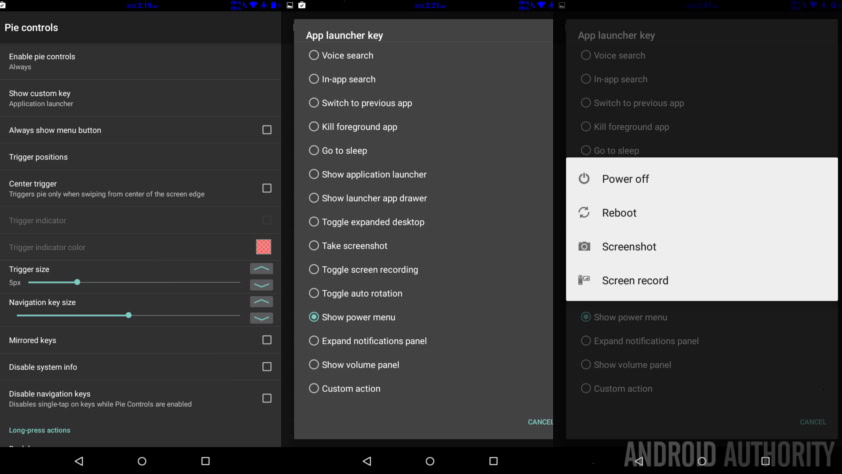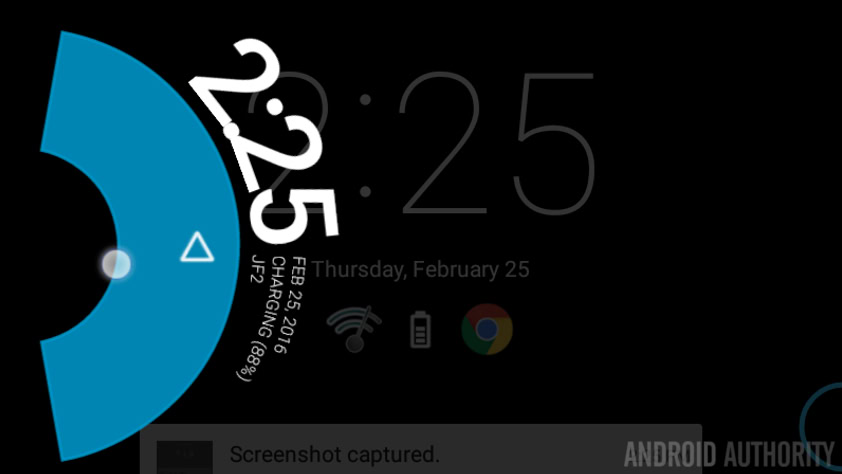Affiliate links on Android Authority may earn us a commission. Learn more.
Custom navigation overlay with GravityBox Pie controls - Android customization
We started looking at root tools for your rooted Android device a few weeks ago, and we wish to continue with that Android customization project today. Join us for our continuation of our look at GravityBox, one of the more powerful Xposed modules around, we’ll be tackling the Pie controls navigation tool today.
This pie control is pretty simple, it offers a minimum set of controls and links and lives permanently in the local of your choosing. With instant access to navigation controls and more, how can you go wrong?
Before we begin
As you may be getting used to around here, you will need a fairly modern rooted Android device to follow along today. Along with root, you’ll need to have a fairly vanilla ROM. Then, with custom recovery set up, flash the Xposed Framework. Obviously, you’ll also need the Xposed installer and to find and install the GravityBox module. That’s a mouthful, but we’ve got you covered:
Rooting your Android device, a few things to think about
Xposed modules and Xposed installer basics
Install GravityBox and some basics
Should you root your device?
Using Pie controls in GravityBox

The initial setup of the Pie controls tool in GravityBox is actually really simple, a few taps and off you go. Let’s start off with identifying exactly what this tool is, then we’ll set it up.
If you’ve made it this far, you have likely seen the images of the Pie controls tool. The default setup is pretty simple, it provides a hidden, but always accessible pop out pie menu that includes your normal navigation buttons. Define a trigger location along one of the edges of your device, then simply slide your finger in from the side to access the menu.
If you are imagining that this tool is redundant, consider your one-handed usage of your large display smartphone. Instead of stretching your hand across to hit the farthest navigation button, simple swipe in to access all the buttons with ease. A limited use-case, admittedly, but again, this is why we Android, because we can do these fun little tweaks try customize and optimize our experience.
Now, with the pop up menu in place, you can add on extra functions and links as well. Mostly this is for system shortcuts, but the list is fairly extensive. Myself, as you’ll see, I opted to add the power menu to the button, which, thanks to GravityBox’s power menu control, includes a button to take a screenshot. Something I do often for this customization series can now be done comfortably one handed.
Enough talk, let’s set things up.

Open GravityBox and tap on Pie controls.
Tap on the first option, Enable pie controls, then choose how and when you would like the pie to be active.
For myself, I want it on always, but you may opt to only enable it when the expanded desktop is active, that is, the Android Immersive mode that hides the on-screen navigation buttons so you can focus on the content.
Luckily, that gives you the basic setup, you are free to leave. However, let’s look at the favorite parts of what I’ve done for mine.

Under the second item, Show custom key, I’ve chosen Application Launcher.
Then, scroll down almost to the bottom to find the option App launcher key. Tap on it.
You are provided with a decent list of options, as mentioned, I simply chose Show power menu.
What’s next
As you can see, GravityBox gives you a nice set of controls to change the location, size, color and more of the Pie controls tool. Place control access to any edge of the device, or all edges, tie it to just the center to prevent accidental triggers, then change the click behavior to make sure the tool works how you want it.
Finally, when you are ready to add even more controls to the Pie controls tool, play with the Long-press actions. For example, I’ve configured a long-press on the back button to switch to my last used app. Keep in mind that this only changes the long-press action on the Back button in the pie control, you’ll need another tool to control your main system navigation bar.

One final treat, you’ll find that the Pie controls custom navigation bar works on your Lockscreen as well. It is limited in functions by default, but I’m sure you can tweak that if so so choose.
Next week
This is fun, we are enjoying playing with GravityBox on our stock ROM equipped rooted Android device. I think we shall continue with this Xposed module when we return for more Android customization next week.
What do you say, is this pie control enough to make you root your device, or are one of the many non-root alternatives good enough for you?
Looking for more Android customization projects?